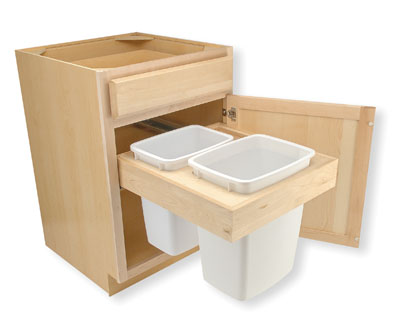Question
My KD54 is taking way too long to reach operating temperature. I know the glue is hot enough but it says it still hasn't reached 200 degrees. Can anyone give me some direction before I have to have a service guy come and cost me a boat load of money? I am thinking a thermostat. The digital control was replaced a couple of years ago.
Forum Responses
(Cabinetmaking Forum)
From contributor B:
"Knowing" the glue is at the right temperature is an interesting concept. Get a low cost infrared thermometer and check your temperature, both in the pot and at the roller. If it's not the same as the readout, try raising the temperature to see if you can get the proper operating temperature at the glue roller. I have to kick mine up about 15 degrees to get proper temperature. It might be worth checking the resistance at the heater leads to make sure all heating elements are functioning.
"The number one killer of glue pots is not adjusting the shoe properly and re-checking it at least every month. When this is not done the board can hit and ride on the glue roller itself, damaging both the roller and putting pressure on the top set of seals causing them to leak prematurely."
Earlier model Brandts in the machine range we are discussing, KD52 to KD56 unfortunately do not have this device. There is a manual adjustment where the pot is off-set. I believe on this model it is simply a M8 rod about 250mm long with a locknut or Knurled nut that you can adjust. Deflection standard is usually 0.7mm. When adjusted correctly the board coming of the shoe just should graze the roller. Many times both systems over time get gummed up or need to be readjusted. The cylinder system can have issues where the cylinder becomes weak or leaks over time. Also the activating valve can become faulty and also the pivot point can wear out over years of use.
As for the proper distance, board from the roller, you should be able to pull a piece of paper out from between the roller and the board without ripping it when you set up your pot correctly. Then you know youíre not riding on your roller for sure but are still close enough to get proper glue application.
